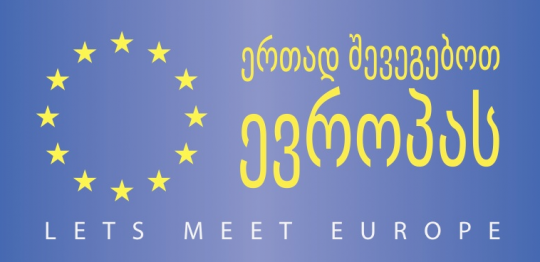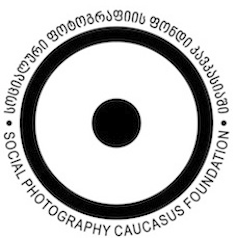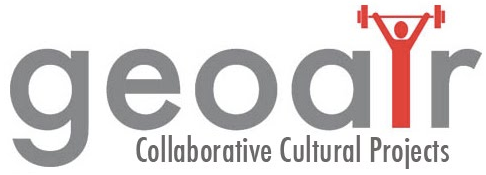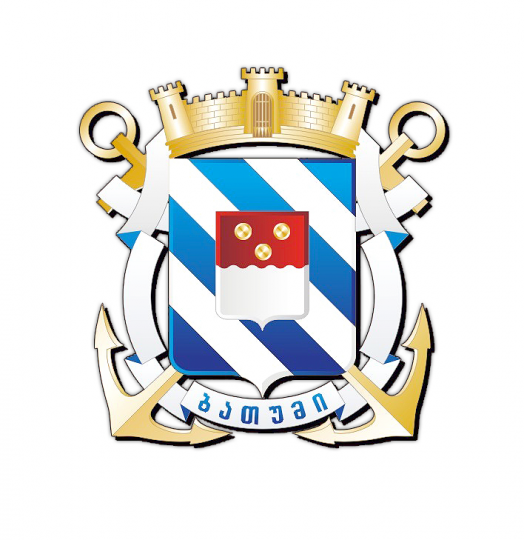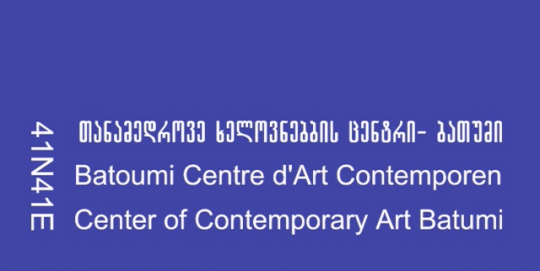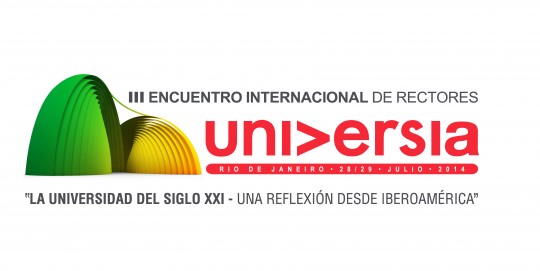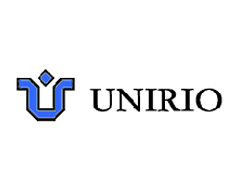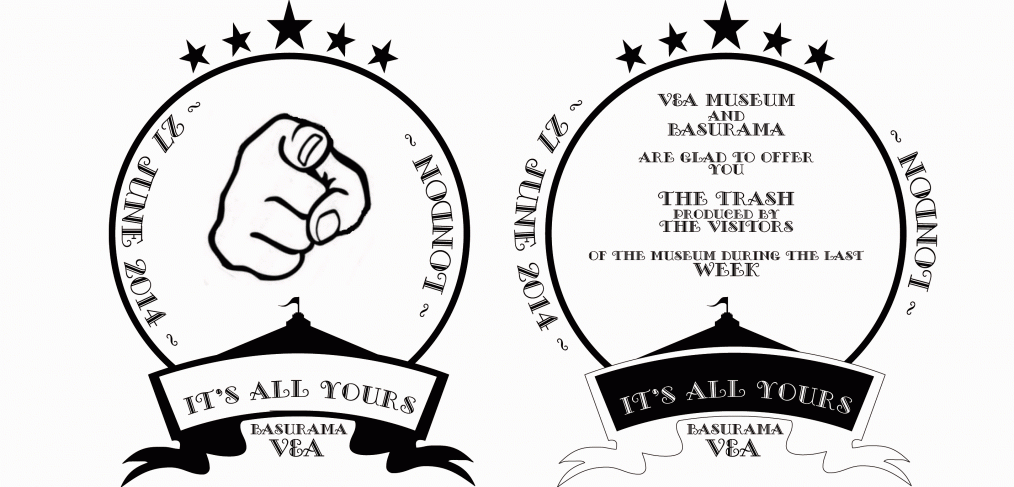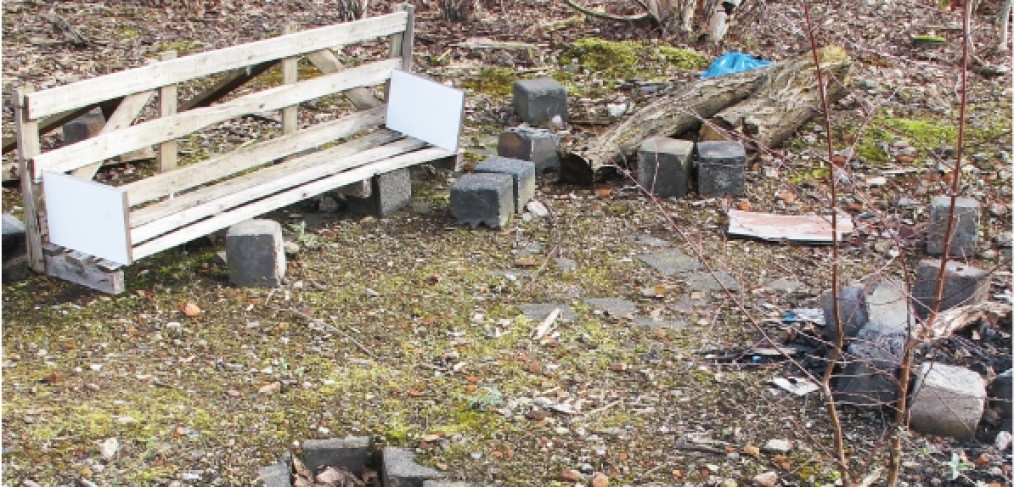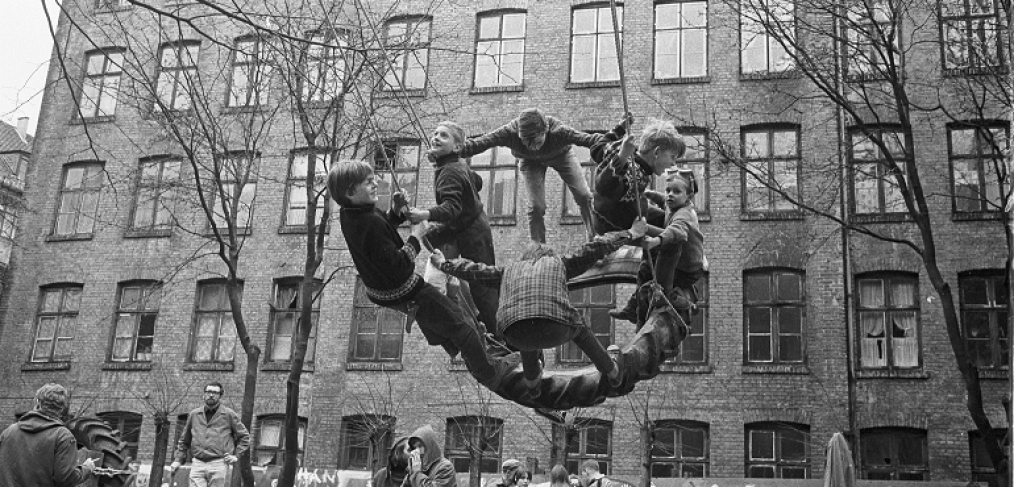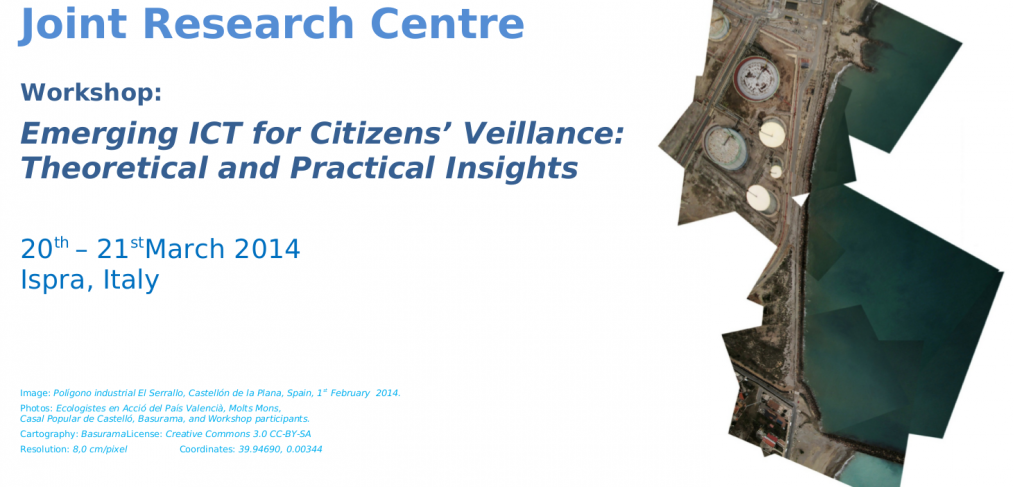We have been selected by the global network of arts councils and ministries of culture @ifacca as a case study for the discussion paper for the 6th art summit held in Santiago de Chile in january 2014: http://artsummit.org/programme/research/
Here are the answers for the whole scheme they asked us:
Describe the main objectives of your project and / or organization:
Basurama works as a platform for the implementation of projects related to creation and garbage , understood in its broadest sense, based upon the reuse of materials and processes of high social complexity. It works in a variety of cultural and social fields such as cultural management, production of shared knowledge , artistic practice as a tool for transformation , construction of public space , empowerment and autonomy of communities, training and critical reflection on consumer society from active proposing. Crosses multiple disciplines and connects wide range of professional areas that not often work together.
What context and / or event encouraged the creation of your organization?
Born in the university context (ETSAM School of Architecture of Madrid, 2001) from the desire to overflow it and share knowledge; at the peak of the time of authorship, loneliness and individualism, when the heroism of the starchitects was the example to follow.
We wanted to start a crisis of a model we considered obsolete, and needed to raise questions about our nearest reality. Basurama quickly proposed itself as a space for non-formal learning , collective and shared with others, making it an ever-mutant device than can be adapted to the different situations it comes across; both local contexts and historical events such as economic trends and different cojuntures.
Garbage was the starting point. Garbage is transversal, democratic, unifying and foremost is a resource available to everyone , easily accessible and with a huge creative potential. When we put the residue in the center of our discourse, we look at it as a tool , as creation materia and as mechanism of reflection on who we are (as individuals, as a community, as a society … ). It is a way of questioning the structures in which we integrate, with the intention of seeking alternatives.
From your point of view, how does your project and organization seeks to contribute to the World Summit theme? How do they relate to these events?
Basurama constantly seeks to contribute to the location of the arts , creating and thinking into everyday life. It seeks to colonize the fields where you want to work , instead of working from a given field , beign that one architecture, art, ecology , culture or cultural industry. We believe that all cultural manifestations can help today to build a better world, applying their own tools from their own coordinates. The world would not be better because we can devote ourselves to create , but because we understand art as a path to knowledge, as a way of asking questions and making collective knowledge that may prove very useful and enjoyable.
According to your experience; how culture and the arts contribute to overcoming the problems that gave birth to your project?
In general, art has related to environment proposing more care of the environment. From this point of view, some artwork (Land -Art, Joseph Beuys , etc.) have raised lifestyles that had prove very important for the strength of the ecological movement. However, we propose low consumption ways of life offering a view of ecology based more on human life than in nature , operating on production processes , cities and how we relate to them. We think that the whole expansive process of opening up architecture to make it a more open, collective process, has been very useful to propose many accessible tools that allow us to manage our own lives. In addition, the variety and wide range of Basurama production allows us to operate on collective imaginary, which is essential to invent a new and better world.
What conditions and features should have a space to be creative?
It should be a place where trusts are allowed to develop, both in yourself and in others: creating collectively, trust develops step by step. It should be an open and flexible space that can be modified, exploited and appropriated by all those who need it. That way, we create spaces that are a common resource, where we can create a culture that is understood, produced and created as a common good. It must be a space without hierarchies, allowing anyone to contribute with their wealth, knowledge, and creativity from their place, making the most of it.
Regarding the places where your project develops: how important are infrastructure and urban/ rural space for its realization? Have they affected the performance of your activities?
They are very important, beign the starting point, the middle and the end of the process. “Space” also includes people who live and relate to it. When we say ” build city from below”, we talk about actual physical construction by the citizens; building the city, its public spaces, its streets, etc., with their own hands and tools.
For us, urban space and infrastructure are the item of work nowadats, we are not interested to build something new from scratch. Working with the existing and giving it the maximum of possibiliaties, that is, reusing it potentially, in favour of better spaces and more livable cities. Working with infrastructure as the core of the project (eg, USW Lima) implies questioning the structure itself, giving it other possible uses or boosting new, uncontrolled ones. Working with the existing, transforming it, rethinking it, without the need of building something new, is a way to rediscover your city, get a hold of it, and to dream with the impossible working with the possible.
According to you, What should be the basic principles of an innovative model of cultural development ?
It should be based on a recursive process , in which the construction of hegemonies, preeminent languages, “stars”, “mainstream” and trends could be constantly revised from below. It must be a model for economic and personal development of all creators, knowing that “creator” is anyone who wants to be one, and indeed all those who contribute to the modification of their physical, social and living environment. A model that supports all those who build the culture of their environment from a very broad definition of culture, standing beside them rather than pointing their path. forcing them into a given path.
According to the objectives of your project, who are their main beneficiaries? What results have you seen in the community after its implementation ? Please list some examples
Our beneficiaries are always double: the community receiving / building the project, together with the “audience” of the project, which is not always the same community. We reach that “audience” through the internet and traditional media, or going into their fields to work: the environment, architecture, infrastructure, urban management, waste management, pedagogy, cultural industry…
As impacts we have seen, especially, new ways of looking at the world. Some of our projects have created direct replicas or sequels, and we know our materials and suggestions have also been replicated in many different situations around the world. However, we think our most interesting result is our contribution to a present way of proposing, questioning and experiencing the world that is working relatively effectively.
For example; the project “Self Made neighborhoods” (Autobarrios) in a neighborhood on the outskirts of Madrid. Local community: Motor group formed by teenagers, local social associations, social facilitators, local businesses and the District Government. Audience: neighborhood residents, architecture students, people interested in urban transformation, etc…
How important is networking for your organization?
Is the key for our work: we live networked, we are simply a node. The logic of the solitary artist is finished, of course, just as much as the one of an exclusive and elitist “clique”. We are all part of one single network: internet, where you can have Open Data, and practices, lives and networks can come across each other. The complexity lays on knowing how to use its full potential.
The network as a horizontal work scenario. We propose our practice in terms of direct collaboration with other artists / actors / groups / collectivsa, with the aim to advance and learn together in order to reach new places. This way, we can create a first swarm network that is multiplied as long as collaborative practice is generated
Regarding your knowledge of your project: What have been the experiences or major milestones?
The university overflow was key to understanding that learning was in us and in our way of living and relating with others.
The strength of direct action and its effect on local realities made us aware of the power of art as a transformative tool, such as it happened with one of our first public actions around an urban conflict in the city of Madrid: building a mega strucutre urban, together with its social and environmental consequences. (Video “I love M30 hiway“)
Above all, our Latin American experience : the public art project SUW (Solid Urban Waste) (Residuos Urbanos Sólidos, RUS in spanish). This project directly addressed conflicts in Latin American cities public spaces, processes related to waste and their protagonist: waste pickers, and the life learning with dozens of groups and local artists who we worked in network with to carry out the projects in 14 different cities

